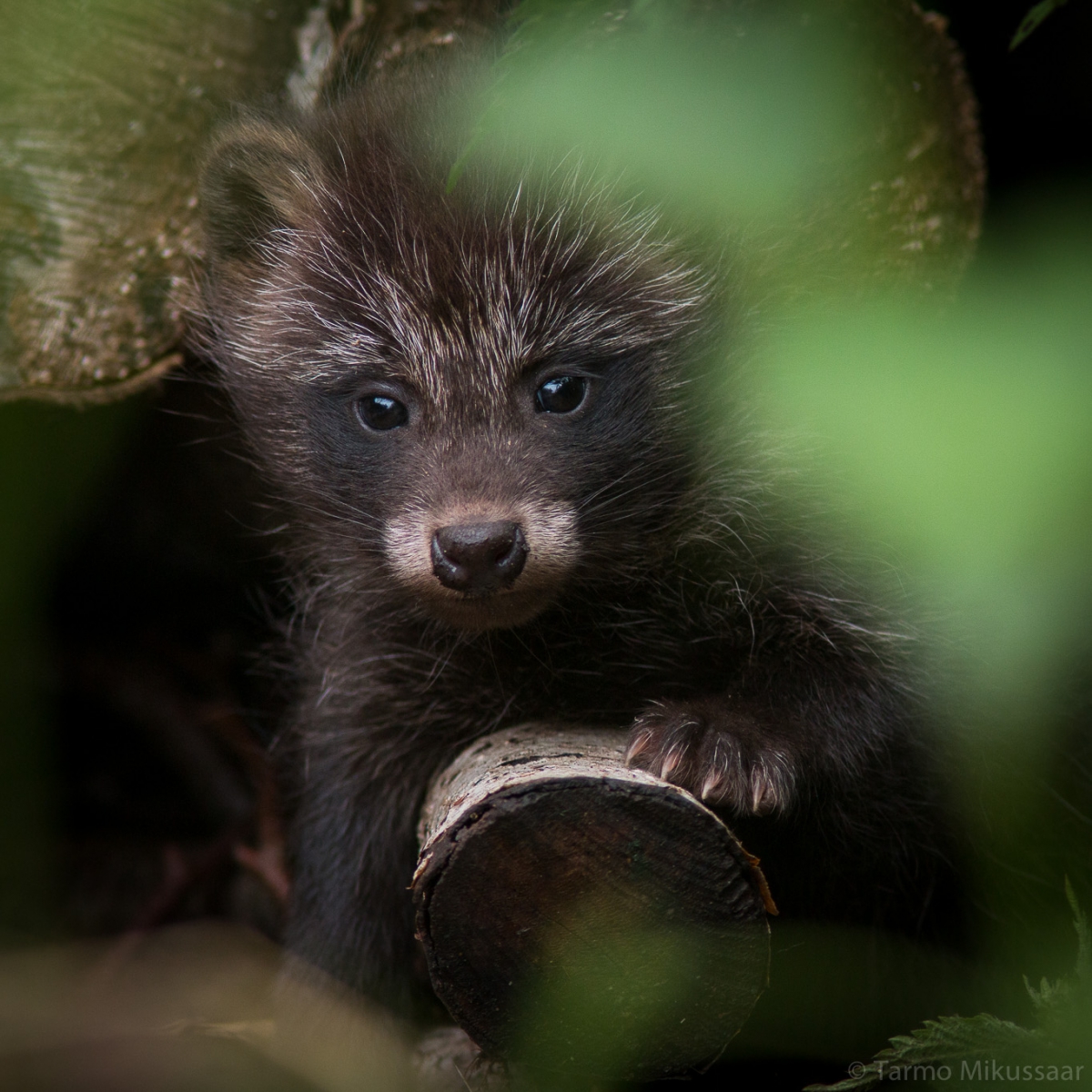
Photo: Tarmo Mikussaar
Posted by the Animal of the Year team 09.12.2016
This year the first badger monitoring in Estonia took place. It was an important enterprise with regard to the animal of the year. In the beginning of the year we did not know the status of the badger population. It could be guessed that badgers were not too badly off since they are observed here and there all the time, but nothing more precise than a conjecture could be stated until now. Since there is no great hunting interest in badgers data collected by hunters are not available either.
The survey that includes the whole of the mainland territory, in the first year only covered half of Estonia’s counties but despite this some significant details can brought out.. “For the first time we could establish badger population changes based on real indicators,” Relek Meel who has carried out the survey assured. ”Now we can say that we have real data about a species about whose state until now only myths and assumptions existed. Ideally badger monitoring should be carried out like this at fixed periods or after certain intervals. So long data series will be created from which changes can be evaluated.”
The abundance of badgers
In the course of the work Remek Meel and Tiit Hunt, who carried out the survey, described nearly 25% of the known badger setts according to the methodology. Altogether 52 setts were described in Harju, East-Viru, Järva, Lääne, Tartu, Viljandi and Võru counties, of them in 12 in Harju county, 6 in East Viru, 7 in Järva, 5 in Lääne, 6 in Tartu, 6 in Viljandi and in Võru county 10.
“Always when I am asked how big the badger population is I say that this number is impossible to tell,” Remek Meel says. “The absolute abundance we don’t know – actually for many smaller animals it is not known – the only reliable thing to state is whether the population is decreasing or increasing, whether the trend is rising or falling. At the moment we can say that the badger population shows a slight rising trend.”
Remek Meel’s conclusion is based on this year’s survey: in 51% of the surveyed setts the number of active burrow entrances in the nests has increased and in 6 setts cubs were discovered, 1-3 of them. The data indicate that the population is healthy and stable. “The final data on the status of the badger population will come only when the remaining Estonian counties are monitored,” Remek Meel comments. Hopefully the funding will be sufficient also for next year and the survey will also cover the remaining counties.
“The data of the trail cameras suggest that among the South Estonian counties the reproduction of badgers in Tartu and Võru counties is greater than in Harju, Järva and Lääne counties. As a general summary the number of nests with young was the same but the number of cubs in the nest is larger. In Võru and Tartu counties cubs were discovered in the second half of summer, from August to September. These animals were strong and vital. From this it can be concluded that the cubs will survive their first year successfully,” Remek Meel explained.
.

Photo: Tarmo Mikussaar
How is the survey carried out?
As we know badgers live in setts. During the field work Remek Meel and Tiit Hunt visited a part of the setts where the coordinates had been noted in earlier inventories years ago. Depending on the county the previous inventories had been made in the years 2008-2012. Until now only inventories of badger setts had been made. Although this is the basis of all, it does not qualify for a serious survey.
On reaching a sett the total number of burrows was counted, in addition a check was made of which burrows belonged to badgers and which were used by foxes and raccoon dogs. As known other animals too live in a badger’s house, not only the builder and his family. The surveyors also checked and noted the number of usable but not inhabited burrows and unusable ones. Sometimes clearcuttings were also discovered that had disturbed life in the sett. To establish the number of individuals inhabiting the sett and the potential progeny, trail cameras were installed at some setts. Setts monitored by trail cameras were 6 in Harju county, 3 in Järva, 3 in Lääne, 3 in Tartu, 3 in Viljandi and 6 in Võru county. On the basis of the data the number of burrows used by badgers in the setts had changed compared to the number in the previous period.
In conclusion it can be said that badgers are doing quite well and their population number shows a slight upward trend..
Helen Arusoo


